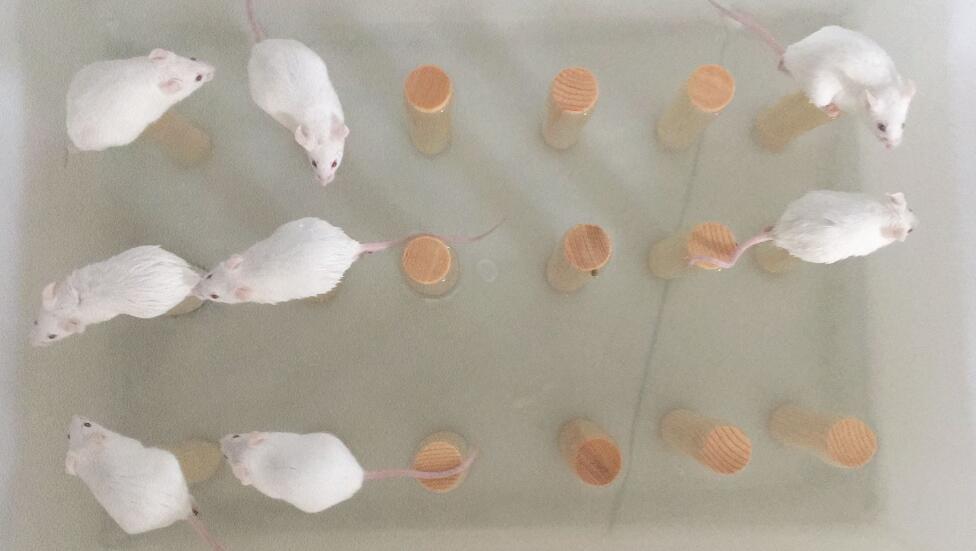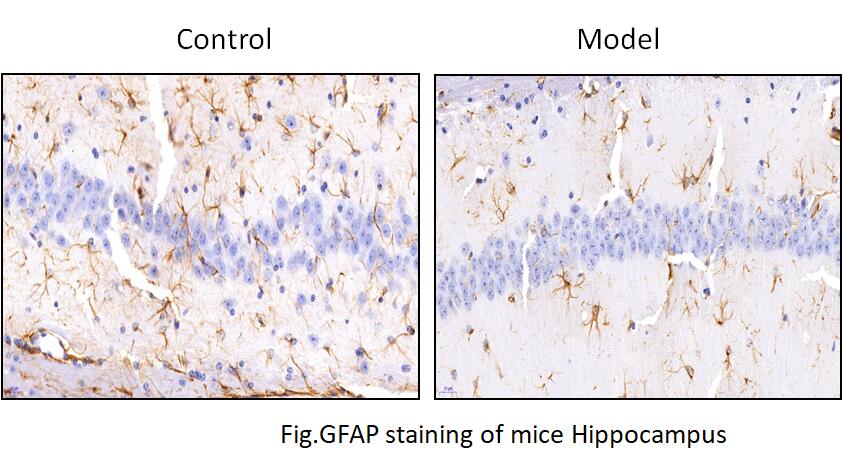Mouse Model for Sleep Deprivation (SD)
- Product No.DSI717Mu01
- Organism SpeciesMus musculus (Mouse) Same name, Different species.
- Prototype SpeciesHuman
- SourceInduced by Physical Control
- Model Animal StrainsBalb/c Mice(SPF), healthy, male.
- Modeling GroupingRandomly divided into six group: Control group, Model group, Positive drug group and Test drug group.
- Modeling Period4-6 weeks
- Modeling MethodAged mice were selected.
Place the mice on an inverted planter platform, about 2.5 cm in diameter, in a pool of water.
The pot is surrounded by a plexiglas chamber filled with water, where the mice have free access to food and water.The water temperature is maintained at 30±1℃ and the water level is only 3cm below the surface.The duration is 48 to 72 hours. - ApplicationsDisease Model
- Downloadn/a
- UOM Each case
- FOB
US$ 240
For more details, please contact local distributors!
Model Evaluation
1.Morris water maze test was used to test the learning and memory ability of mice
Positioning navigation experiment: Mice were trained 4 times a day for 5 consecutive days with an interval of 30min.At the same time, the time required for the mice to find the platform from entering the water was recorded, that is, the escape incubation period.The average time of 4 times was taken as the result of the day and recorded into the statistics.
Space exploration experiment: on the sixth day of the experiment, the platform was removed and the mouse was put into water from the farthest end of the platform. The mouse was put into the water, and the swimming track of the mouse was recorded in 30 seconds, and the stay time of the mouse in the target quadrant and The Times of its crossing the platform were observed and analyzed.
2. Evans Blue (EB) detection of blood brain barrier (BBB) permeability
2%EB dye (4mL /kg) was injected into the tail vein of mice.
3h later, after the dye was fully circulated, the whole brain was taken after 50ml physiological saline was perfused through the left ventricle.
The whole brain was immersed in 1ml formamide.
After the samples were incubated at 37℃ for 2h, the formamide suspension was centrifuged at 420000*g for 20min, and the whole brain absorbance at 632nm was measured.EB dye content was calculated according to the standard curve of EB in formamide (0~4μg/ mL).
Pathological Results
Immunohistochemical detection: The whole brain tissue containing hippocampus was taken and embedded in paraffin. Three slices were cut for GFAP immunohistochemistry, and panoramic scanning was performed on the sections.
Cytokines Level
Statistical Analysis
SPSS software is used for statistical analysis, measurement data to mean ± standard deviation (x ±s), using t test and single factor analysis of variance for group comparison, P<0.05 indicates there was a significant difference, P<0.01 indicates there are very significant differences.
GIVEAWAYS
INCREMENT SERVICES
-
 Tissue/Sections Customized Service
Tissue/Sections Customized Service
-
 Serums Customized Service
Serums Customized Service
-
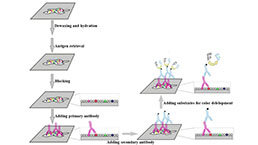 Immunohistochemistry (IHC) Experiment Service
Immunohistochemistry (IHC) Experiment Service
-
 Small Animal In Vivo Imaging Experiment Service
Small Animal In Vivo Imaging Experiment Service
-
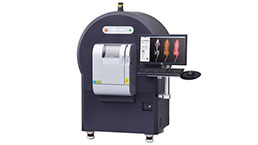 Small Animal Micro CT Imaging Experiment Service
Small Animal Micro CT Imaging Experiment Service
-
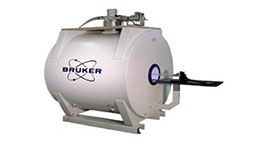 Small Animal MRI Imaging Experiment Service
Small Animal MRI Imaging Experiment Service
-
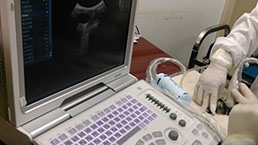 Small Animal Ultrasound Imaging Experiment Service
Small Animal Ultrasound Imaging Experiment Service
-
 Transmission Electron Microscopy (TEM) Experiment Service
Transmission Electron Microscopy (TEM) Experiment Service
-
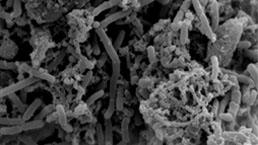 Scanning Electron Microscope (SEM) Experiment Service
Scanning Electron Microscope (SEM) Experiment Service
-
 Learning and Memory Behavioral Experiment Service
Learning and Memory Behavioral Experiment Service
-
 Anxiety and Depression Behavioral Experiment Service
Anxiety and Depression Behavioral Experiment Service
-
 Drug Addiction Behavioral Experiment Service
Drug Addiction Behavioral Experiment Service
-
 Pain Behavioral Experiment Service
Pain Behavioral Experiment Service
-
 Neuropsychiatric Disorder Behavioral Experiment Service
Neuropsychiatric Disorder Behavioral Experiment Service
-
 Fatigue Behavioral Experiment Service
Fatigue Behavioral Experiment Service
-
 Nitric Oxide Assay Kit (A012)
Nitric Oxide Assay Kit (A012)
-
 Nitric Oxide Assay Kit (A013-2)
Nitric Oxide Assay Kit (A013-2)
-
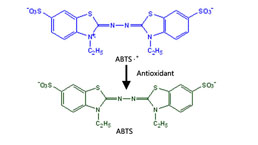 Total Anti-Oxidative Capability Assay Kit(A015-2)
Total Anti-Oxidative Capability Assay Kit(A015-2)
-
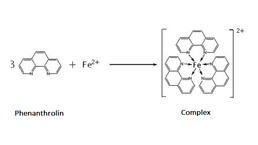 Total Anti-Oxidative Capability Assay Kit (A015-1)
Total Anti-Oxidative Capability Assay Kit (A015-1)
-
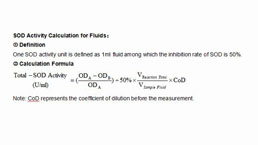 Superoxide Dismutase Assay Kit
Superoxide Dismutase Assay Kit
-
 Fructose Assay Kit (A085)
Fructose Assay Kit (A085)
-
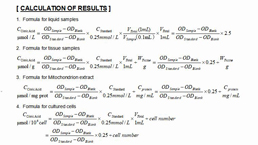 Citric Acid Assay Kit (A128 )
Citric Acid Assay Kit (A128 )
-
 Catalase Assay Kit
Catalase Assay Kit
-
 Malondialdehyde Assay Kit
Malondialdehyde Assay Kit
-
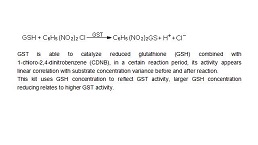 Glutathione S-Transferase Assay Kit
Glutathione S-Transferase Assay Kit
-
 Microscale Reduced Glutathione assay kit
Microscale Reduced Glutathione assay kit
-
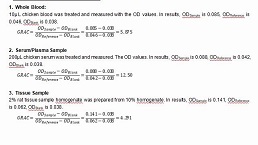 Glutathione Reductase Activity Coefficient Assay Kit
Glutathione Reductase Activity Coefficient Assay Kit
-
 Angiotensin Converting Enzyme Kit
Angiotensin Converting Enzyme Kit
-
 Glutathione Peroxidase (GSH-PX) Assay Kit
Glutathione Peroxidase (GSH-PX) Assay Kit
-
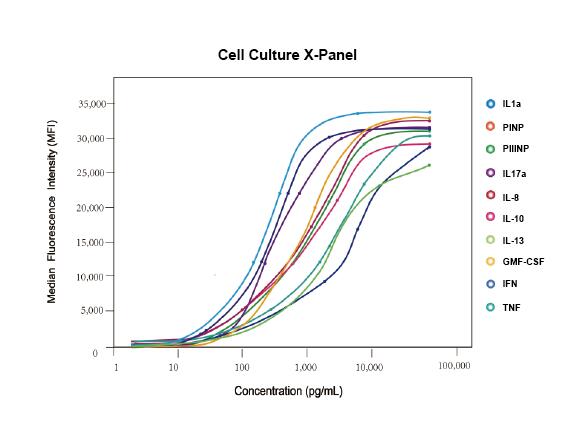 Cloud-Clone Multiplex assay kits
Cloud-Clone Multiplex assay kits
| Catalog No. | Related products for research use of Mus musculus (Mouse) Organism species | Applications (RESEARCH USE ONLY!) |
| DSI717Mu01 | Mouse Model for Sleep Deprivation (SD) | Disease Model |
| DSI717Mu02 | Mouse Model for Sleep Deprivation (SD) | n/a |
| DSI717Mu03 | Mouse Model for Sleep Deprivation (SD) | n/a |
| DSI717Mu04 | Mouse Model for Sleep Deprivation (SD) | n/a |
| DSI717Mu05 | Mouse Model for Sleep Deprivation (SD) | n/a |
| DSI717Mu06 | Mouse Model for Sleep Deprivation (SD) | n/a |
| DSI717Mu07 | Mouse Model for Sleep Deprivation (SD) | n/a |


